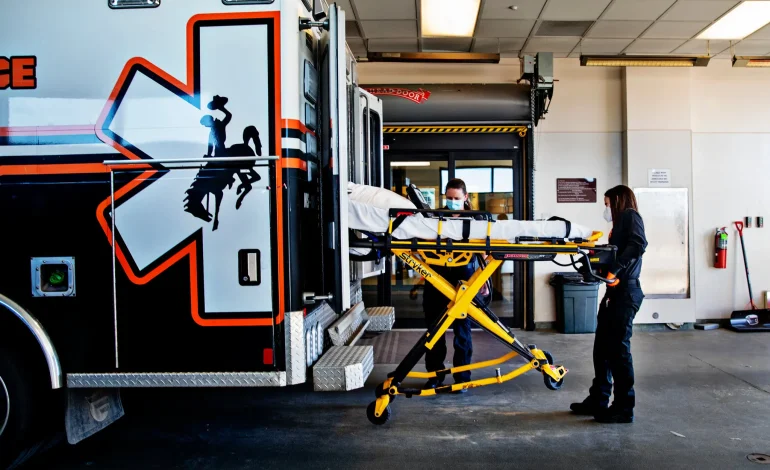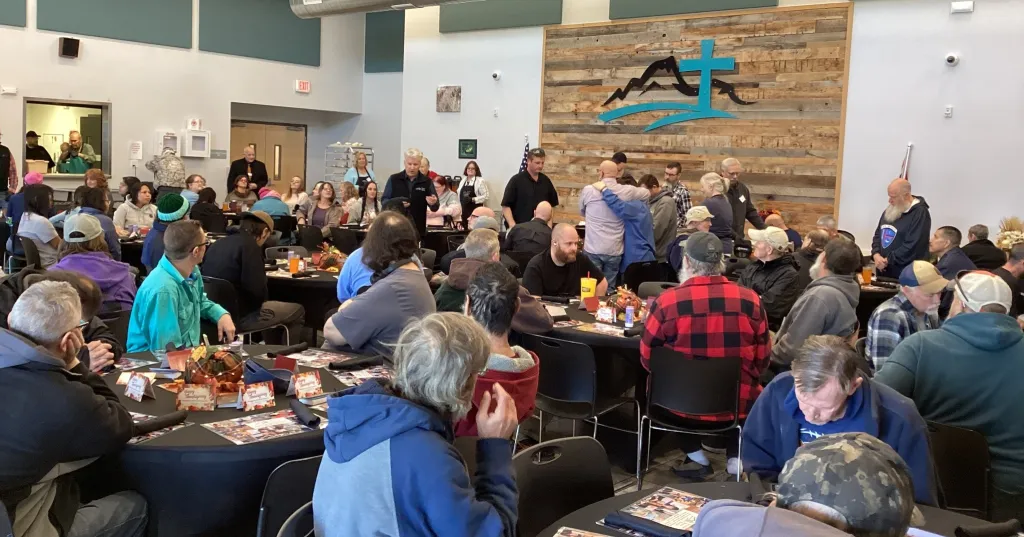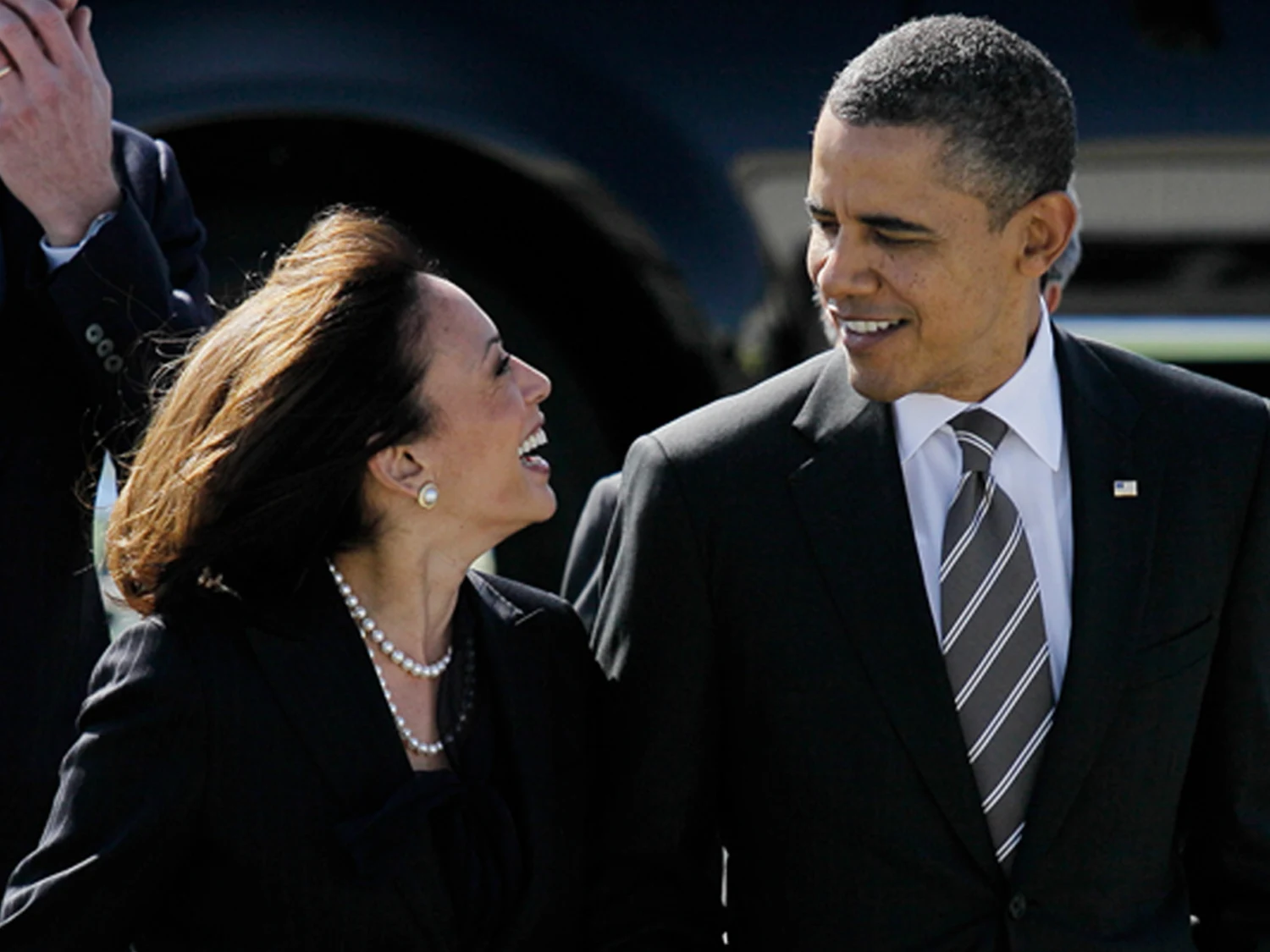‘Helicopters Aren’t a Health Plan’: Fremont County Looks at New Tax to Keep Ambulances Running

In much of Fremont County, calling 911 doesn’t always mean an ambulance shows up at your door, Gillette News Record reports.
If you live around Dubois, odds are you’ll hear helicopter blades instead — and not because you’re being rushed to Denver, Salt Lake City, or even Casper. For many residents, being life-flighted is becoming the default way to reach care in an emergency.
That’s not how emergency medicine is supposed to work. And local officials know it.
At a recent meeting in Dubois, the Fremont County Association of Governments (FCAG) heard recommendations from its Joint Committee for Funding Key Services on how to keep ground ambulance service alive — and maybe even improve it.
The main idea on the table:
- A new countywide sales tax to fund ambulance operations.
- And possibly shifting the service back into public hands under a joint board.
Fremont County isn’t alone. Across Wyoming, for-profit ambulance companies struggle to make money in rural areas where runs are long, call volumes are low, and patients are spread out.
Counties usually have two options:
- Subsidize a private provider;
- Run their own public ambulance service, which comes with big, ongoing costs.
A report from FCAG’s funding committee concluded that outlying parts of the county were better served when Fremont County’s ambulance system was public. Still, county officials have repeatedly said they’re not legally required to provide ambulance service at all.
The current contractor, Frontier Ambulance, has the county’s contract through the end of the fiscal year in July 2026. If Fremont County wants to keep that relationship going into the 2026–27 fiscal year, it’ll have to start negotiating soon.
Committee chair Mick Pryor didn’t sugarcoat the timeline.
“There is a relatively limited window to push things across the board before things start to spiral,” he warned.
County Commissioner Clarence Thomas reminded everyone that the county has already been footing most of the bill for years.
“The county has taken on the responsibility of the ambulance for quite a while, and in the future we’re not going to be able to do that,” he said.
He added that the county asked the cities and towns to pitch in financially — and mostly got no response.
That didn’t sit well with Dubois Mayor Patricia Neveaux, who argued that the county isn’t treating Dubois and the surrounding area like it matters.
She said the commissioners’ stance makes it seem like they “don’t really care.”
“There’s almost 2,000 people up here,” Neveaux said, noting that fewer than half live inside Dubois town limits and pay town taxes. “Most of them live in the rural areas that the county is typically responsible for.”
Right now, she argued, those people are effectively cut off from reliable ambulance service.
Part of the problem is legal: cities and towns in Fremont County don’t have the same authority to tax for health services that the county does.
Under Wyoming law:
- Counties can levy taxes to support hospitals and public health.
- Cities technically can levy mills for “public health purposes,” but the specific statute they’re tied to only lets county commissioners levy those taxes, not municipalities.
That leaves Fremont County as the only government in the room with a clear legal path to tax for ambulance service.
Because of that, FCAG’s committee suggested a new structure:
Have FCAG itself — or a similar joint powers board — take over responsibility for running a publicly funded, publicly run ambulance service, backed by a county-level tax.
Funding is the crux of the issue. The committee estimates it would take about $3.5 to $3.8 million a year to operate the ambulance service — and that’s with them deliberately overestimating costs to avoid future shortfalls.
They were also tasked with looking at funding for:
- Wind River Transportation Authority (the regional bus system);
- The Central Wyoming Regional Airport in Riverton.
Property taxes through a special district, Pryor said, simply wouldn’t raise enough money. So the group focused on optional sales tax.
They landed on two main options to take to voters:
- A single 0.75% countywide sales tax;
- Two separate 0.5% sales taxes (one could fund the ambulance, the other the bus/airport).
Hudson Mayor Sherry Oler worried that the two-tax approach could backfire.
“I do feel like two half-percent choices could potentially be the kiss of death,” she said.
Lander Mayor Missy White agreed that voters would likely find one tax easier to understand and support.
Another committee member pointed out that ambulance service isn’t like buses or flights:
“There are people who value the airport, there are people who value the bus, but do they value it the same as the ambulance?”
Shoshoni Mayor Joel Highsmith pushed back, saying bundling might be the only way to save everything.
“My concern is that we will lose everything if they aren’t combined,” he said.
He believes the ambulance tax would likely pass, but worries the bus and airport might not survive alone.
White suggested a compromise:
- Primary strategy: Put a 0.75% sales tax on the ballot as a single measure.
- Backup plan: If that fails, come back in the general election with two 0.5% options.
That plan was well received. FCAG voted to move forward with trying to put the 0.75% sales tax before voters.
Pryor and others also argued that ambulance service isn’t just a “nice-to-have” — it’s a key factor for economic development. Companies deciding where to locate pay attention to emergency services.
The meeting also included members of the Eastern Shoshone Business Council, who stressed that both the Eastern Shoshone and Northern Arapaho councils represent tribal citizens across the county, not just on reservation land.
That makes questions of funding and service coverage more complicated — but they were clear about one thing: the tribes want in on the solution and want a voting seat on FCAG going forward, not just a symbolic presence.
Commissioner Thomas criticized past nonpayment for ambulance service by Indian Health Service and tribal entities.
Eastern Shoshone Business Council member Clinton Glick acknowledged the issue and said the tribes are working on it.
For now, there are more questions than answers:
- Will voters support a 0.75% sales tax if it’s clearly pitched as a way to keep ambulances on the road?
- Should ambulance funding be bundled with airport and bus funding, or split out on its own?
- And can Fremont County move fast enough, before the current Frontier Ambulance contract runs out and “things start to spiral,” as Pryor warned?
What’s clear is that Fremont County is nearing a breaking point. Right now, for too many residents, the only path to care is through the sky.
Local officials are betting that when voters are asked whether they want dependable ambulance service — and how much they’re willing to pay for it — that answer will be loud and clear.









The latest news in your social feeds
Subscribe to our social media platforms to stay tuned